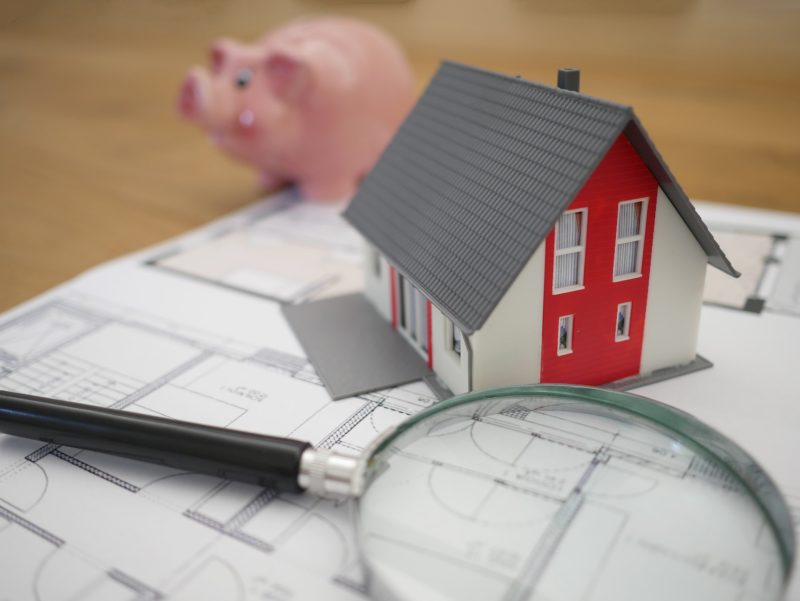Perhaps the most damaging aspect of the chronic drought of homes for sale is the destructive way shortages are concentrated on the least expensive properties on the market– the starter homes that are the gateways to homeownership.
When I worked at the National Association of Realtors, I learned about the homeownership ladder. Here’s how it works: First-time buyers purchase the least expensive homes on the market; this transaction makes it possible for a young, growing move up to the next price level. The proceeds from the sale of their starter home get a good start on a more expensive home with a sizeable down payment, then the ladder continues until the kids are on their own and a large family home costs too much to maintain. Then it’s time for the retiring couple to sell, cash in their equity and either purchase or rent a retirement home. This phenomenon continues as the family moves from one town to another.
At each rung of the housing ladder, except the first and the last, each family moving up the ladder generates two transactions, a sale, and a purchase. Should large numbers of owners get stuck at a certain level and they do not move up, the housing ladder slows down. This creates problems for homeowners that are above and below the problematic level to suffer.
We buy houses in Arlington Heights
The housing ladder works best when all generations are roughly the same size, housing inventories at all levels remain constant, and new home construction replace tear-downs. At local levels, many events ranging from natural disasters, economic disasters, exceptional growth or population decline may cause local housing to break down. At the national level, only events that impact large numbers of the nation, like national disasters, recessions, depressions, crises that cripple the nation’s housing finance system, significant changes in the nationwide housing inventory or substantial changes in the sizes of generations.
Today several of these factors are creating a chronic national crisis in inventories of homes for sale. Housing ladders are slowing down as problems affecting one level impact others.
These problems are:
- The successive coming of age of two of the largest generations in history, the Millennials followed by Generation Z;
- The conversion of 6 million of the lowest-level homes into rentals;
- The inability of new home construction to relieve these shortages;
- New construction cannot meet the demand from first-time buyers, about one out of three buyers,
- Prices generated by shortages of homes for sale are creating widespread unaffordability at lower levels of the housing ladder; and
- The generation at the top level of the housing ladder is choosing to age in place rather than sell their homes.
The housing ladder makes it easier to understand how an event that impacts one tier will also affect adjoining tiers. For example, the decision by millions of Boomers to “age in place” is reducing the available inventories today but will increase supplies as Boomers die off in the next decade. Prices of large homes will drop, encouraging move-up buyers. The increase in Boomer homes for sale will work down the hosing ladder and may eventually increase the number of homes available to move-up buyers and reduce prices.
HousingWire reported that last December, the inventory of mid-tier housing houses priced below $200,000 declined 18.1% year-over-year. In the next tier, houses priced between $200,000 and $750,000 fell 10.2%. Listings of homes priced over $1 million shrank by 4.4% year over year. The shortfall originated at the entry-level and worked its way up the housing ladder from bottom to top, declining in strength at each level like an echo.
However, an event at one level may not produce the expected result at the next. Mark Fleming, the Chief Economist at First American, recently suggested that falling mortgage rates can incentivize homeowners to sell their home and buy a different one, but persistently low mortgage rates can have the opposite effect.
“While historically low rates increase buying power and make it more affordable for potential buyers to purchase a home, they also discourage many existing homeowners from selling,” he wrote.
“There is little to no house-buying power benefit for homeowners with an already low mortgage rate, so the only way existing homeowners can increase their house-buying power is through household income growth. This helps explain why more and more homeowners have decided to stay put, reducing the inventory of homes for sale and increasing the length of their tenure,” he said.
While historically low rates increase buying power and make it more affordable for potential buyers to purchase a home, they also discourage many existing homeowners from selling. This helps explain why more and more homeowners have decided to “stay put,” reducing the inventory of homes for sale.

